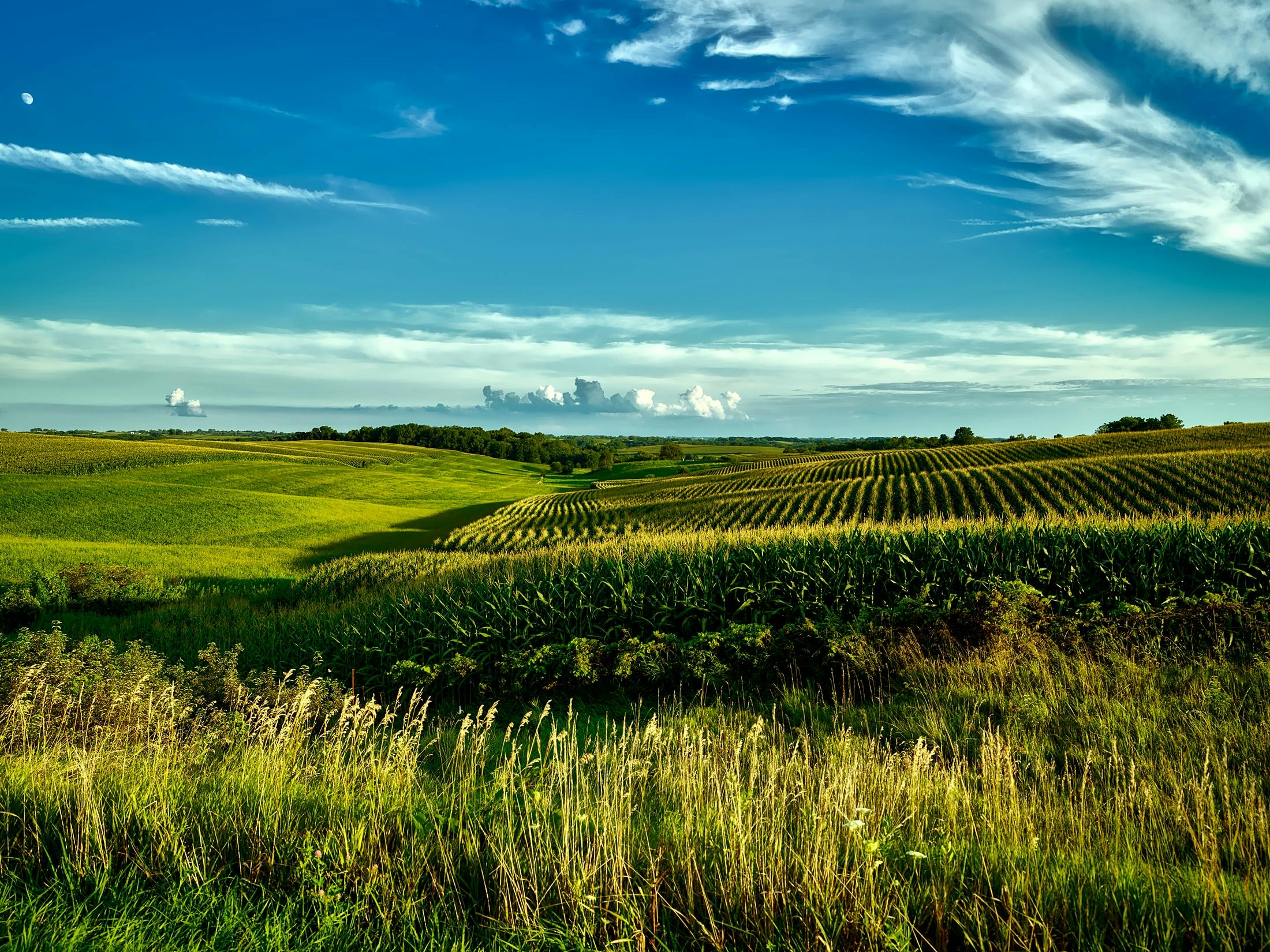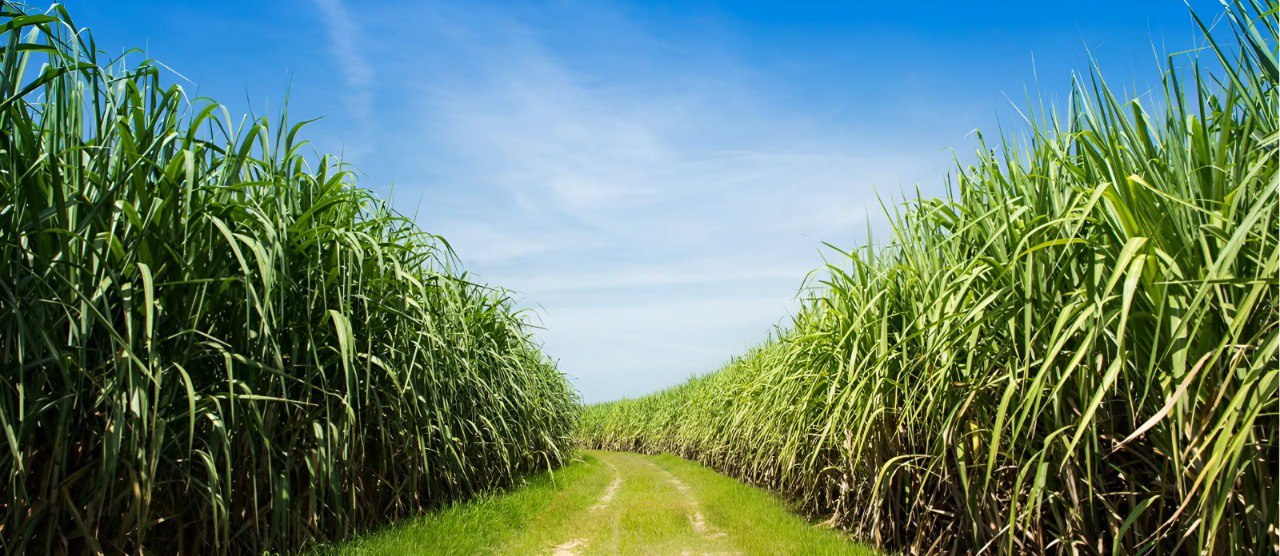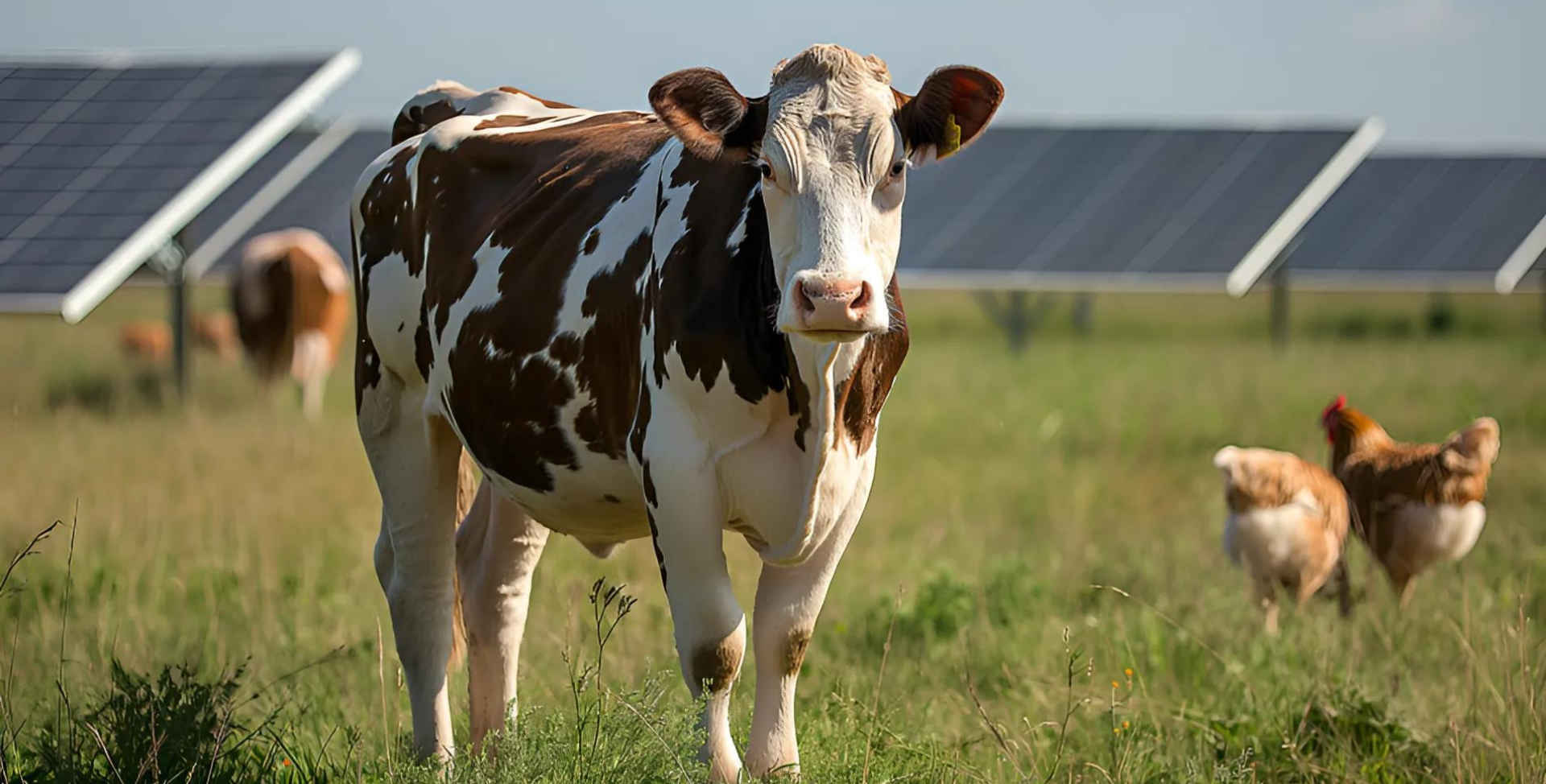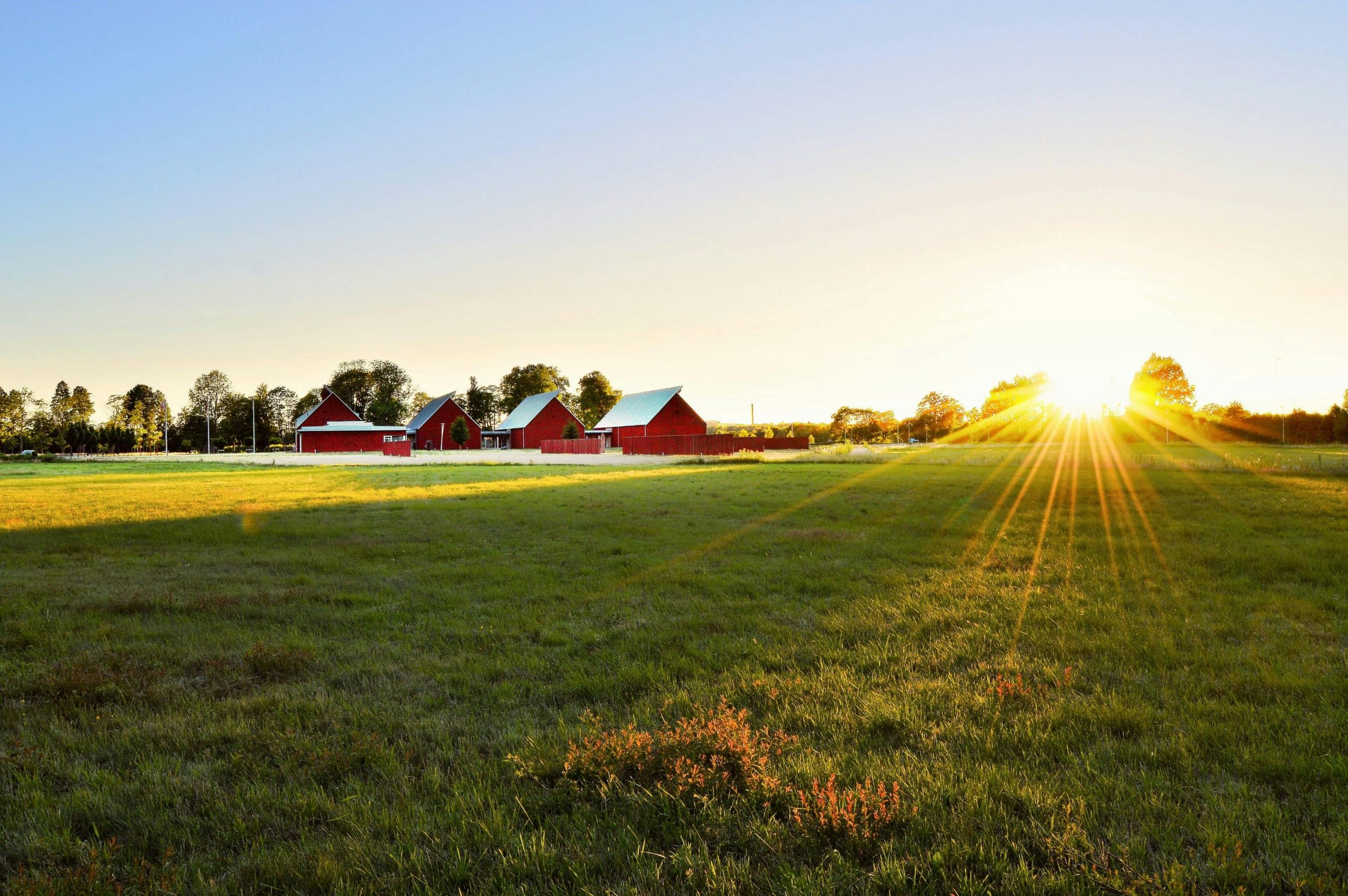Regenerative Agriculture
Hampshire Eco Farms is dedicated to implementing sustainable and innovative agricultural methods to enhance soil health and overall farm productivity.

Our approach to enhance soil health and overall farm productivity includes:
Permaculture Design:
-
Integrating permaculture principles to create a self- sustaining ecosystem that mimics natural environments. This includes designing plant and animal systems that have symbiotic relationships, maximizing space by using vertical and multi-layer planting, and using natural resources such as sunlight and wind to their fullest potential.
Organic Farming:
-
All crops at HAMPSHIRE ECOFARMS are grown without synthetic pesticides or fertilizers. Our organic methods include crop rotation, green manures, compost, and biological pest control which not only maintain but enhance soil fertility.
Biochar Application:
-
Implementing biochar, a highly porous charcoal, into our soil amendment practices helps improve water retention, reduce soil acidity, and increase nutrient availability to plants. Produced from bamboo residues, this biochar is a key element in our strategy to close the loop on waste and enhance carbon sequestration.
Recipe for a Livable Planet
Key Strategies
1. Sustainable Land Use:
-
• Protecting and restoring forests and other ecosystems to sequester carbon and enhance biodiversity.
-
• Implementing agroforestry and sustainable soil management practices to improve carbon sequestration and soil health.
2. Low-Emission Farming Practices:
-
• Adopting climate-smart agricultural techniques, such as precision farming, to reduce emissions from crop and livestock production.
-
• Promoting the use of renewable energy sources and energy-efficient technologies in farming operations.
3. Reducing Food Loss and Waste:
-
• Implementing measures to reduce food loss and waste throughout the supply chain, from production to consumption.
-
• Encouraging sustainable consumption patterns and reducing the environmental footprint of diets.
4. Innovative Financing and Policy Support:
-
• Mobilizing climate finance and repurposing agricultural subsidies to support low-emission practices.
-
• Creating enabling environments through supportive policies, incentives, and capacity-building initiatives.
Benefits of the Transformation
Climate Mitigation:
-
• Significant reduction in GHG emissions, contributing to global efforts to limit temperature rise to 1.5°C.
-
• Enhanced carbon sequestration through sustainable land use practices.
Food Security and Resilience:
-
• Improved food security by increasing the productivity and resilience of agrifood systems.
-
• Diversified and resilient agricultural practices that withstand climate impacts.
Economic and Social Gains:
-
• Creation of green jobs and sustainable livelihoods in the agriculture sector.
-
• Improved health outcomes through better nutrition and reduced environmental pollutants.
Biodiversity and Ecosystem Health:
-
• Conservation and restoration of natural habitats, leading to enhanced biodiversity.
-
• Improved ecosystem services, such as water regulation and soil fertility.

Integration with Hampshire Eco Farms
-
-Expanding agroforestry practices and enhancing soil management techniques.
-
-Investing in renewable energy systems and low-emission farming technologies.
-
-Reducing food waste through efficient supply chain management and consumer education.
-
-Engaging in carbon credit markets and climate finance opportunities.

Integration with Hampshire Eco Farms
-
-Expanding agroforestry practices and enhancing soil management techniques.
-
-Investing in renewable energy systems and low-emission farming technologies.
-
-Reducing food waste through efficient supply chain management and consumer education.
-
-Engaging in carbon credit markets and climate finance opportunities.


Napier Grass Farming
Napier Grass Farming
Economic Impact
1. Increased Agricultural Productivity:
-
• Napier grass can yield up to 180-200 tons of fresh matter per acre per year under optimal conditions, providing a consistent and high-quality feed source for livestock.
-
• Year-round production ensures a stable supply of feed, reducing dependency on external feed sources.
2. Cost Efficiency:
-
• Reduces reliance on imported feed, lowering costs and improving self-sufficiency.
-
• Provides a renewable and consistent source of high-quality feed, enhancing livestock health and productivity.
3. Job Creation:
-
• Development and maintenance of Napier grass farming facilities create jobs in agriculture, engineering, and farm management.
-
• Demand for skilled labor in hydroponics, greenhouse management, and sustainable farming practices increases.
4. New Revenue Streams:
-
• Sale of Napier grass pellets mixed with biochar as a premium livestock feed product.
-
• Potential to enter new markets, including export opportunities.
Livestock and Cattle Farming Benefits
Nutritional Value:
-
Rich in protein and energy, supporting milk production in dairy cattle and weight gain in beef cattle.
-
• Highly palatable to livestock, ensuring good feed intake and overall health.
Improved Livestock Productivity:
-
• Enhanced nutrition leads to better growth rates, improved milk production, and overall productivity.
-
• Enhanced nutrition leads to better growth rates, improved milk production, and overall productivity.

Livestock that can be fed with Napier grass:
-
• Cows
-
• Goats
-
• Poultry
-
• Horses
-
• Camels

Livestock that can be fed with Napier grass:
-
• Cows
-
• Goats
-
• Poultry
-
• Horses
-
• Camels
Bamboo Plantation
Bamboo plays a pivotal role in our agricultural strategy due to its environmental and economic benefits:
1. Carbon Sequestration:
-
Bamboo forests are highly effective at sequestering carbon dioxide. Due to their rapid growth rate, bamboo plants can absorb carbon dioxide quickly, making them excellent tools in combating climate change. This ability to rapidly capture carbon also regenerates the forest quickly after harvesting.
2. Renewable Resource:
-
Bamboo is a renewable resource that grows quickly and can be harvested in 3 to 5 years, much faster than hardwood trees which can take decades to mature. This makes bamboo a sustainable choice for continuous harvesting without causing deforestation.
3. Biodiversity:
-
Bamboo plantations can support a diverse range of wildlife, providing habitat and food for various animal species. By integrating bamboo into agricultural landscapes, farmers can contribute to the conservation of local biodiversity.
4. Economic Development:
-
Bamboo cultivation can be a profitable venture for farmers due to the high demand for bamboo products. It generates employment opportunities in rural areas where job options may be limited. The industry spans from cultivation to processing and manufacturing goods.
5. Water Management:
-
Bamboo plays a role in water management. Its root system helps in maintaining the water cycle by facilitating groundwater recharge and reducing water runoff. Bamboo plantations can be strategically used to preserve watersheds.
6. Rehabilitation of Degraded Lands:
-
Bamboo is effective in rehabilitating degraded lands, as it can grow in compromised soils and improve soil quality over time. It's often used for reclaiming lands spoiled by overuse or chemical contamination.
7. Versatility in Products:
-
Bamboo can be transformed into numerous products, including bioenergy, building materials, paper, textiles, and handicrafts. This versatility opens up a broad market for various bamboo-based industries
The cultivation of bamboo at HAMPSHIRE ECOFARMS not only supports our biochar production but also aligns with our goals of reducing carbon footprints and promoting sustainability. Bamboo absorbs more CO2 and generates more oxygen compared to equivalent plant masses, thus supporting our broader environmental goals.
Large Scale Bamboo & Napier Grass Plantation
Development and Management
Implementing a Large Scale Bamboo & Napier Grass Plantation at Hampshire Eco Farms involves detailed planning and management to ensure sustainability and high productivity. The plantation will be designed to optimize space while ensuring adequate sunlight and irrigation. Bamboo species selection will be based on local climate conditions and soil types to promote healthy growth and reduce the need for chemical interventions.
Sustainable Practices
The plantation will utilize sustainable farming practices, including natural pest management and organic fertilizers primarily derived from compost and biochar produced on-site. The layout will be planned to prevent soil erosion by maximizing the natural terrain and bamboo's extensive rooting system.
Environmental Benefits
Sustainability:
-
• Napier grass farming promotes sustainable agricultural practices by reducing the need for chemical fertilizers and pesticides.
-
• Efficient water use and soil conservation practices enhance environmental sustainability.
Carbon Sequestration:
-
• Biochar production from Napier grass residues sequesters carbon, contributing to carbon neutrality goals.
-
• Enhances soil health and fertility, promoting long-term sustainability.
Biodiversity Enhancement:
-
• Integrating Napier grass with other crops and livestock promotes biodiversity and ecosystem health.
Eco-Balancing:
-
• Supports ecological balance by providing a stable habitat for beneficial organisms and promoting soil health.

Commercial Applications:
-
• Biochar Production
-
• Building and Construction
-
• Furniture and Home Decor
-
• Textiles
-
• Culinary Uses
-
• Paper Products
-
• Crafts and Handicrafts
-
• Gardening
-
• Renewable Energy
-
• Advance Automotive Lightweight Composite
-
• Automotive aesthetic Décor

Commercial Applications:
-
• Biochar Production
-
• Building and Construction
-
• Furniture and Home Decor
-
• Textiles
-
• Culinary Uses
-
• Paper Products
-
• Crafts and Handicrafts
-
• Gardening
-
• Renewable Energy
-
• Advance Automotive Lightweight Composite
-
• Automotive aesthetic Décor
Environmental Impact:
Carbon Sequestration
Bamboo is highly effective at sequestering carbon, making the plantation a critical component of the farm's strategy to mitigate carbon emissions.
Biodiversity
The bamboo plantation will also serve as a habitat for local wildlife, enhancing biodiversity and promoting ecological balance within the area.
Calamansi (Limau Kesturi)
Calamansi (Limau Kesturi), also known as calamondin or Philippine lime, is a versatile citrus fruit native to Southeast Asia. It is highly valued for both its culinary uses and health benefits, making it a popular choice for local consumption and export.
Harvesting and Production:
-
Calamansi limes are harvested every 6 months when they reach the desired size and ripeness. Regular harvesting ensures continuous fruit production and maintains tree health. This small, tangy fruit is essential in Southeast Asian cuisine, providing a refreshing citrus flavor that enhances both sweet and savory dishes.
Characteristics and Benefits:
-
Appearance: Small, round, and orange when ripe, resembling a miniature orange or tangerine.
-
Flavor: Tangy and sour, similar to a cross between lime and mandarin orange.
-
Culinary Uses: Commonly used in cooking, beverages, dressings, and marinades for its citrusy punch.
Health Benefits:
-
Rich in Vitamin C: Supports immune health, collagen production, and antioxidant defense.
-
Digestive Aid: Its acidic nature aids digestion and can help stimulate appetite.
-
Skin Care: Promotes collagen synthesis, helping to brighten and even out skin tone.
-
Antimicrobial Properties: Contains compounds that exhibit antimicrobial and anti-inflammatory properties, beneficial for wound healing and skin infections.
Market Potential:
-
Calamansi has significant export potential, particularly in markets like South Korea, China, United States, and parts of Europe. It is used in a variety of products, including pure extracts, beverages, and essential oils. The growing global interest in natural and healthy ingredients drives the demand for calamansi, making it a promising crop for farmers and exporters.
By incorporating calamansi into our integrated farming system, Hampshire Eco Farms aims to tap into this lucrative market, promoting sustainable agriculture while providing a steady income for local farmers.









